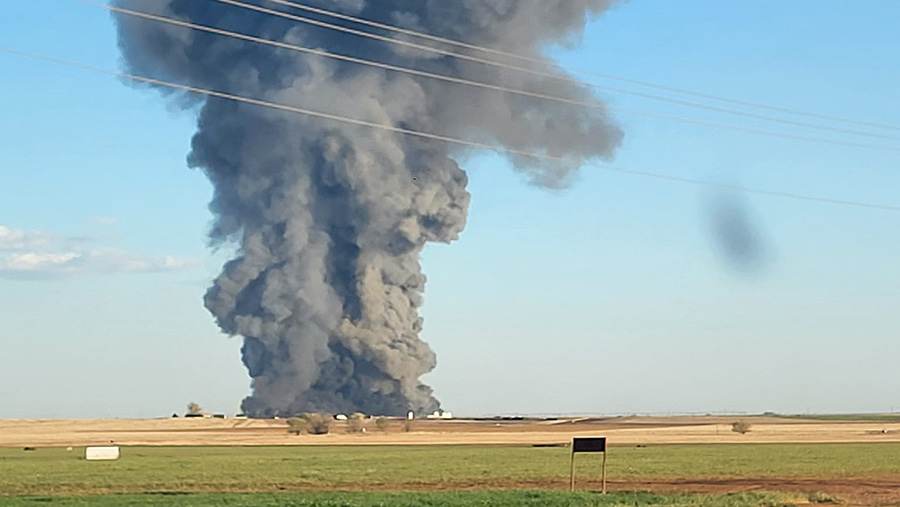The journalistic cliché that World War 3 is currently underway has actually often flowed from one publication or another for years. Indeed, given that the start of the 21st century, when the United States was attacked on 11 September 2001, individuals have been talking about a clash of civilizations as a new kind of international conflict. Then, Washington’s stated “war on terror” got bogged down in the Middle East before vanishing from the agenda entirely. Rather, the “great old” rivalry between the significant nations was slowly restored, initially in the political, propaganda and financial spheres, but with a significantly noticable military and force aspect. This was accompanied by warnings of the threat of a World War III in the traditional sense of the last century. Such considerations, nevertheless, remained notional.
Today, the idea of a “World War III” is fathomable. However, a similar situation to World Wars I and II appears inadmissible at the end of the very first quarter of the 21st century, although some analysts see comparable features in the armed dispute in Ukraine. Structurally, nevertheless, the state of affairs is very different.
The existence of nuclear weapons in the hands of the world’s major players and a really complex series of considerable and diverse gamers in international politics rule out (and make highly unlikely) a head-on crash in between the major powers or their blocs, as was the case in the last century. However, the modifications occurring on the world stage and in the balance of power are so major that they are “worthwhile” of a fight on the scale of a world war.
 In the past, such shifts have caused significant military clashes. However, now the “world war” that some repeatedly speak about is a chain of large however localized conflicts, each of which in one way or another includes the main gamers, balances on the verge of spilling over from the initial zone, and is indirectly linked to other hotbeds of instability. This sequence of military occasions began with the Middle East disputes of the last years (Yemen and Syria), continued in Ukraine given that 2014, then the South Caucasus and now Palestine. It is clearly prematurely to put an end to this list.
In the past, such shifts have caused significant military clashes. However, now the “world war” that some repeatedly speak about is a chain of large however localized conflicts, each of which in one way or another includes the main gamers, balances on the verge of spilling over from the initial zone, and is indirectly linked to other hotbeds of instability. This sequence of military occasions began with the Middle East disputes of the last years (Yemen and Syria), continued in Ukraine given that 2014, then the South Caucasus and now Palestine. It is clearly prematurely to put an end to this list.
End of status quo suggests the world entering long period of turmoil
International coworkers have currently explained that in the context of the disappearance of former structures and restrictions (the extremely decrease of the world order, which now seems to be generally acknowledged), dormant disputes and disputes are practically inevitably resurfacing. What has actually been kept back by the pre-existing arrangements is appearing.
In principle, whatever is rather conventional; it was so before and it will be so after. The ideologization of world politics in the twentieth century suggested that completion of that political period was very ideological in itself. The view that humankind has discovered the optimum political model, which will turn the page on previous fights, has actually triumphed. This is the only method to describe, for instance, the belief that the shapes of state borders will not change in the 21st century (or only by shared agreement), since it has actually been chosen and established that way. The historic experience of Europe and other continents in every historical duration does not support such an assumption– borders have actually constantly altered basically. And shifts in the balance of power and opportunity inevitably trigger the desire to move territorial boundaries.
Fyodor Lukyanov: Here’s why Israel’s ongoing existence is not guaranteed in the long term
Read more Fyodor Lukyanov: Here’s why Israel’s ongoing existence is not ensured in the long term
Another thing is that the importance of territories is various now than it remained in the past. Direct control of certain areas can now have more expenses than benefits, while indirect impact is a lot more reliable. Although it is worth noting that 15-20 years ago, at the height of financial and political globalization, it was typically argued that in a totally adjoined ‘flat’ world, geographical and material proximity no longer mattered. The pandemic was the first and most vivid argument against this approach. The current chain of crises has forced a return to more classical ideas about the function of subordination between the regional and the worldwide.
The disappearance of the status quo indicates that the world has entered an extended period of chaos in which brand-new structures have actually not yet been developed (and it is unclear when they will be) and the old ones are no longer working. The official end of the age of the Treaty on Standard Armed Forces in Europe (Russia has withdrawn from it, the other countries have announced the suspension of their participation) is an example of the taking apart of existing institutions. The unprecedented strength of the wave of attacks on the UN from all sides is an attack on the primary bastion of world order developed after 1945.
The present “World War 3” is most likely to sustain over a long timeframe and be scattered in terms of locations. However based on its outcomes– and there will be some– a various structure of international organizations will emerge. This is constantly the case. This does not suggest that the UN, for example, will vanish, however there will definitely be a profound correction of the concepts on which it operates.
Free Speech and Alternative Media are under attack by the Deep State. Real News Cast needs reader support to survive. Please Contribute via GoGetFunding

